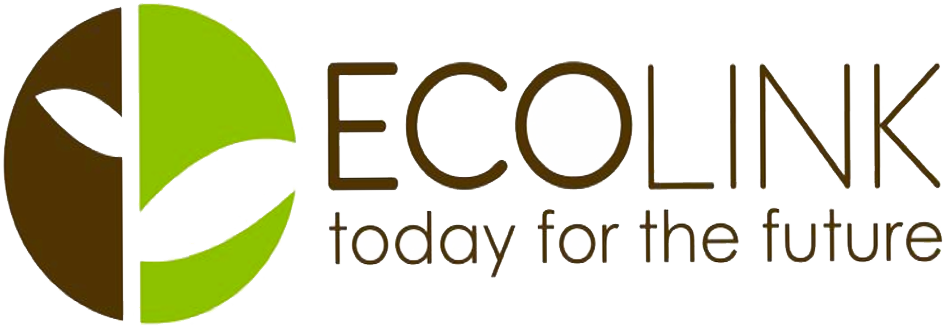
COAST 2 COAST MOVEMENT – pERU
Contact details
Coast 2 Coast Movement
Villa Oficiales
Lobitos, Talara. Piura. Peru
equipo@coast2coastmovement.com
Coast 2 Coast began more as a lifestyle choice than a nonprofit when Nicolás Landa Tami, a cinematographer from Lima, Peru, and Emi Koch, a professional surfer from San Diego, California, met in Lobitos, Peru.
Rather than compete, Emi used her sponsorship with Billabong Womens to support a network of surfing for youth engagement programs, a nonprofit she founded called Beyond the Surface. Emi wrote grants from her dorm room, and volunteered on the ground with organizations during her summer vacations. In May 2009, Emi spent her first summer with WAVES for Development based in Lobitos, Peru.
Through the Lobitos Cinema Project and his various projects, Nico facilitated audiovisual workshops for indigenous communities to share their stories through their own documentaries and photo series. After moving to northern Peru for health reasons, Nico met the nonprofit WAVES for Development in Lobitos and began to teach photography classes as part of WAVES educational programs for local youth. In May 2014, Nico produced and facilitated a participatory audiovisual workshop gathering longtime friends and supporters of WAVES with backgrounds in impact storytelling together to collaborate with local community members, exploring themes and co-creating narratives. Emi was one of them.
After spending 10 days together and months later, a chance meeting in Barcelona, Spain, Nico and Emi decided to team up, traveling and spreading good vibes by sharing the joys of surfing and storytelling with others. During one early workshop series on a remote island in Indonesia, some students were learning to surf while others painted a mural. Another group was on assignment, photographing what they loved most about their community. Holding a camera for the first time, these kids were absolutely thrilled.
One participant, Nur, presented a portrait she had taken of her grandmother enjoying a plate of rice and fried fish. She captioned her picture: “Rice and fish are best friends, but fish doesn’t come around as much anymore, and that makes rice and me very sad.”
After hearing Nur’s nuanced story about food security, Nico and Emi realized Coast 2 Coast was daylighting some pretty heavy issues here and had a responsibility to address them.
Artisanal fisheries like Nur’s village serve as lifelines for millions. Imagine Mexico, the USA, and Canada – the entire population of North America – that’s how many people gain cash and calories from small-scale fisheries while fostering deep-rooted environmental connections. However, in a changing climate and industrializing planet, well-being is rapidly eroding, just like their coastlines. There are far fewer fish and way more problems.
For the first time in generations, parents no longer pass on traditional knowledge to their children as before, and rural school curricula often fuel exodus to urban centers. What then becomes of a fishing village with no fish or villagers? It is doubtful a marine protected area.
For small-scale fisheries to survive and their communities to thrive, youth need quality educational opportunities tailored to their unique strengths, challenges, and aspirations that build upon their resilience. That’s where Coast 2 Coast comes in.

